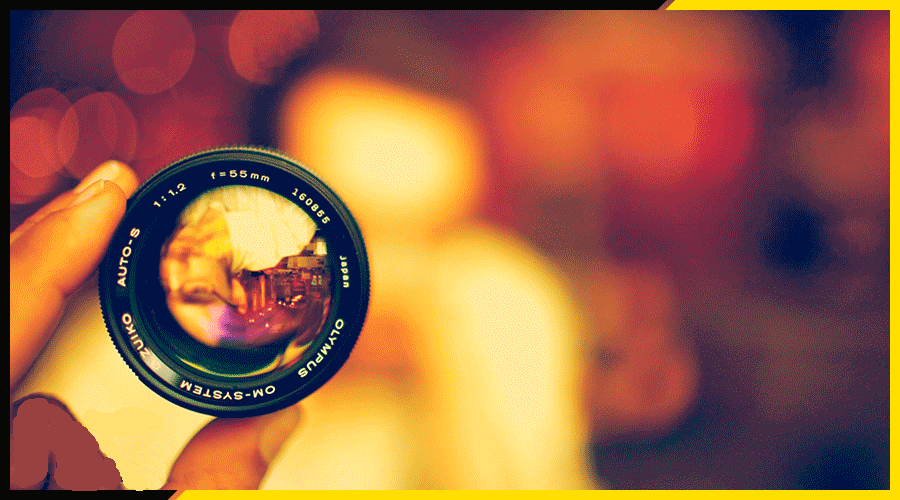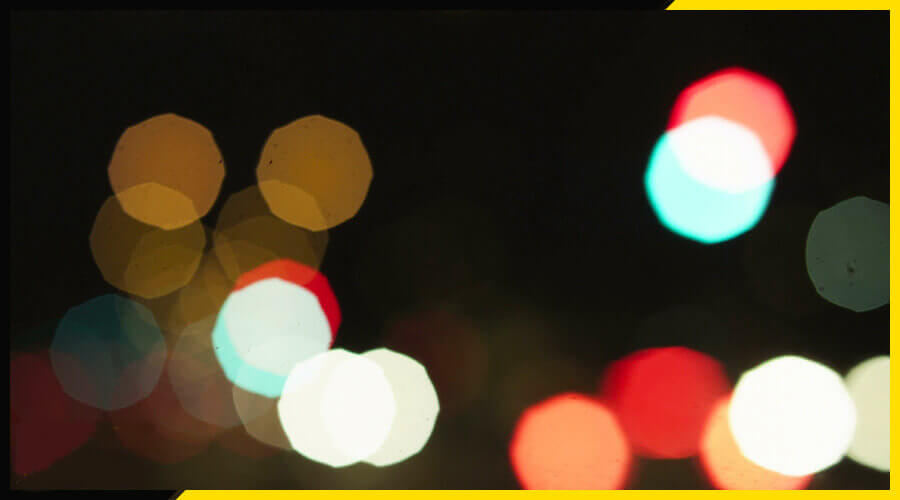Bokeh, also known as “Boke” is one of the most popular subjects in photography. The reason for its popularity lies in the fact that bokeh makes photos visually more appealing by forcing us to focus on a particular area of the image. The word comes from Japanese and literally translates as “blur”.
What is Bokeh in Photography
Table of Contents
To put it simply, the bokeh of an image is the quality of all the parts that are outside the sharpness area and perceived as “blurry” , generated by the lens of your camera – it’s NOT the blur it even where the amount of blur in the foreground of the image or in the background.
The blurriness that you are used to seeing in photographs and separating the subject from its background, results from a weak “depth of field” and is usually called simply “background blur”. The quality and aesthetics of this blur of first / background and the bright reflections that are there are what photographers call Bokeh.
It’s still not clear? Look at the pictures below:

The lens is sharp (which means it is in the sharpness range determined by the depth of field), while the background is fuzzy (which means it is outside this area of sharpness). A shallow depth of field can be created by approaching the subject while using a large aperture. Do you see the red colored circles on the left of the image?
These are reflections of light and their shape is determined by the lens used. In this case, the “soft” rendering of these areas corresponds to what some photographers call a “good bokeh”. While others, including myself, argue that a good bokeh is not limited to the quality of circular reflections, but encompasses the entire fuzzy area, not just glare or very bright areas.
2) Good and bad bokeh
Remember, the bokeh depends on the lens chosen, not the camera. Each lens produces a different bokeh thanks to its unique optical construction. To generalize, portrait lenses and wide-aperture zoom often produce better bokeh than entry-level lenses. The Nikon 85mm f / 1.4D lens, for example, produces a bokeh of exceptional quality, while the Nikon 18-135mm f / 3.5-5.6G DX lens, produces a bokeh of poor quality for the same settings focal length and aperture – all because of the difference in optical construction between these two models. Again, I’m not talking about background blur, all lenses are capable of blurring, but they are not all capable of creating beautiful bokeh.
What are the qualities of a good or a beautiful bokeh?
Good bokeh is fun to see and improves our perception of the image, the background blur must, therefore, appear soft and “silky”, with circles of light round and smooth, without hard edges.
Here is an example of a beautiful bokeh:

What about bad bokeh? Although many people say that there is no bad bokeh, I maintain that anything that distracts my eyes can be called “bad”:
3) Bokeh shapes
The shape of the light reflections out of the sharpness area depends on the iris of the lens. Many old lenses, like the Nikon 50mm f / 1.4D for example, have diaphragms made up of 7 straight blades, which produces a heptagon shaped bokeh, like this:

Most recent lenses have diaphragms consisting of 9 rounded blades that produce around bokeh (Nikon 105mm f / 2.8G VR):
4) How to get a good bokeh?
Let’s see how to get a good bokeh in your pictures. As I mentioned earlier, bokeh depends on the type of lens you use. While entry-level lenses produce poor quality bokeh, fixed focal lengths and the majority of professional zoom lenses with large aperture produce very nice results.
Do you know if your lens produces a nice bokeh?
Try this: Focus on a subject at a very short distance (as close as your lens allows), making sure there are no other objects in the field unless a minimum of 1, 5m away. Also be sure to be at the same level as the object you are shooting and not to take it over, for example. Do not shoot in front of a plain wall either – try to find a colored background, preferably with light sources.
A Christmas tree is the perfect example of the ideal background for a bokeh test. Once you have found a good subject and the appropriate background, set your camera to the “aperture priority” mode and set the camera to the smallest possible number.

On most consumer lenses, the largest aperture is usually f / 3.5 while on fixed-focus lenses and professional zooms it can go down between f / 1.2 and f / 2.8. Once the aperture is set to the smallest possible number, take a picture of your subject and see the result on the back LCD of your camera.
The subject should be clean and the background blurry. If you have a good goal, the bokeh should be sweet and pleasant to watch, as in the examples above. The circular reflections should be round and soft, with no hard, marked edges.
5) What are the objectives of getting a nice bokeh?
Many different goals are able to create good bokeh. Most fixed aperture focal lengths and circle diaphragm lenses, such as the Nikon 85mm f / 1.4G or the Canon 85mm f / 1.2 II USM, make it possible to create a bokeh of exceptional quality.
The economical versions of these same lenses as the Nikon 85mm f / 1.8G and the Canon 85mm f / 1.8 USM, also produce beautiful bokeh. There are too many good goals in the field to list here, so I recommend that you do your own research based on your specific needs.
